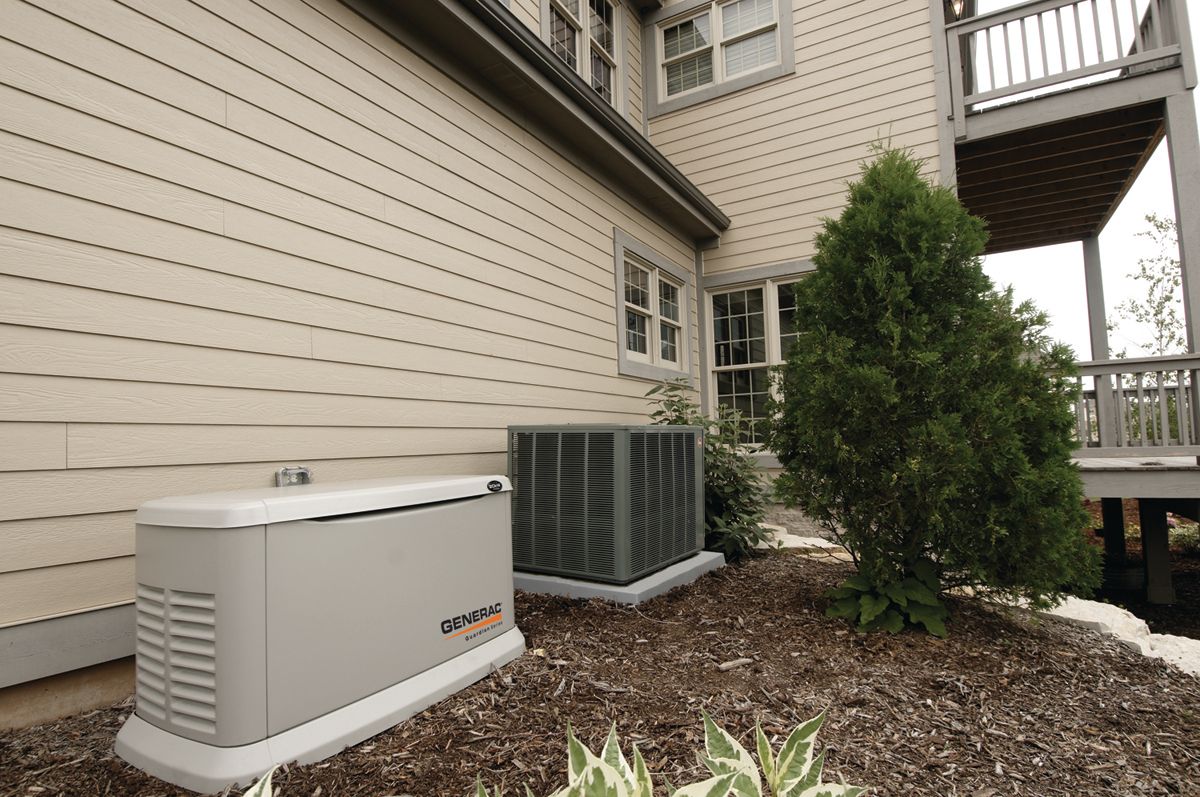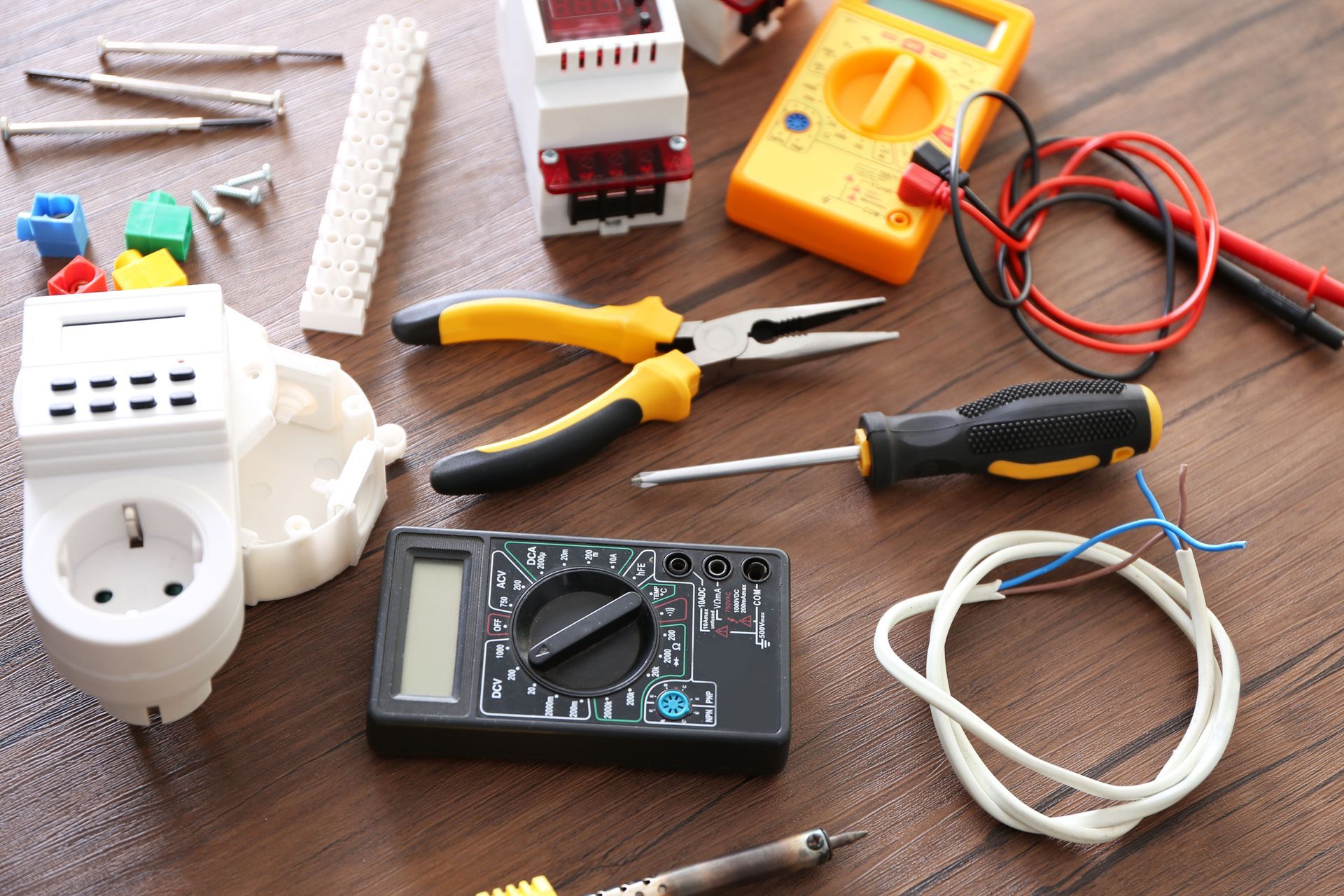October 22, 2025
Selecting the right generator for your home begins with understanding your overall energy demands. Every household uses a unique combination of appliances, electronics, and systems that contribute to its total power consumption. Identifying which of these are most critical during an outage ensures you choose a system that balances performance and affordability. Homeowners often overlook smaller devices when calculating needs, which can result in an undersized generator. Conducting a full power assessment helps clarify exactly how much backup capacity is required to maintain comfort and safety.
Start by creating a detailed list of essential appliances that must operate during an outage. This typically includes refrigerators, lighting, HVAC systems, and communication devices. According to U.S Lighting Trends, lighting accounts for about 14% of total U.S. household electricity consumption, making it a key factor in any power plan. Factoring in this data will help ensure your backup solution can manage real household demand. By identifying critical power draws, you can determine how large a generator your property needs to keep functioning during outages.
Once you know which appliances are essential, evaluate their individual wattage requirements. Most products list both running and startup (surge) wattage ratings on their labels or manuals. Running wattage represents steady usage, while surge wattage accounts for the brief spike required to power on certain devices. This distinction is crucial to prevent generator overload. Accurate calculations give you the foundation for an efficient and dependable emergency power system that meets your home’s demands without waste or unnecessary cost.
Calculating Total Wattage and Power Margin
After identifying essential devices, the next step is to calculate the total wattage they require. Adding up each appliance’s running and surge wattage helps establish a clear power baseline. Many homeowners benefit from adding a safety margin to give flexibility for unexpected usage or future appliance upgrades. This additional capacity can make a significant difference in the performance and longevity of your system. Having a power margin also prevents your generator from running at maximum load continuously, which can reduce strain and extend its lifespan.
Developing a wattage chart is an effective way to visualize total household needs. Organizing information in this way helps ensure no critical systems are overlooked. It also makes it easier to understand how much power is used simultaneously and how consumption patterns might vary. Some appliances can be cycled or rotated during an outage to reduce overall load, while others—like heating or medical devices—must stay operational. Factoring in both types of demand ensures reliable power without exceeding your generator’s rated capacity.
It is important to consider not just your current needs but also how your household might change in the future. Remember that your energy needs may grow over time. If you plan to add major appliances or expand your home, choosing a generator with extra capacity helps future-proof your investment. This foresight can eliminate the need for another installation later and ensures consistent performance as household demands evolve. Planning carefully today prevents unnecessary disruptions and protects your long-term comfort and safety.
Comparing Generator Types and Applications
Understanding the main types of generators available helps narrow down which better fits your household. Whole-home systems provide continuous power to every circuit, ensuring complete functionality during outages. Partial-home units, by contrast, focus on powering specific circuits, such as refrigeration, lighting, or heating. Portable systems serve smaller or temporary needs, ideal for short-term outages or outdoor events. These variations differ in capacity, installation requirements, and maintenance, but all aim to keep your home running smoothly when the grid goes down.
Portable generators are widely used because they are mobile, cost-effective, and straightforward to operate. They usually produce enough watts to keep several essential devices powered. However, they require manual setup and regular refueling, and they may generate noticeable noise. Standby systems, on the other hand, activate automatically when an outage occurs. They can power entire homes seamlessly and are designed to provide reliable, consistent energy output. Each type suits different priorities, depending on the household’s budget, space, and energy expectations.
Some generators are also designed to provide smooth, stable electricity that is safe for sensitive electronics. These units adjust output based on power load, offering quieter operation and efficient performance. They can be a good choice for households that need consistent power for delicate devices. Although they may generate less total power than larger systems, their consistent operation makes them ideal for households that prioritize reliability and low-noise functionality. Evaluating your property’s specific needs and budget helps determine which type of generator will provide the most dependable service.
Preparing for Installation and Maintenance
Proper installation and maintenance are key to safe and consistent generator performance. Standby systems, in particular, require professional setup to ensure correct connections and compliance with local electrical codes. Automatic transfer switches are installed to detect outages and redirect power seamlessly from the utility to the generator. This setup allows uninterrupted energy flow, reducing risks associated with power surges or incomplete transfers. Choosing qualified professionals ensures your system meets safety standards and operates efficiently.
Routine maintenance includes checking oil levels, inspecting connections, and running periodic test cycles to confirm functionality. For homeowners using portable models, proper storage and refueling practices are essential to prevent contamination and wear. Neglecting these responsibilities can reduce generator lifespan and reliability. Keeping a maintenance log and following the manufacturer’s recommended schedule will help safeguard your investment and minimize repair costs over time.
Thinking ahead about your generator setup can make a significant difference in its performance and reliability. Planning ahead for installation and service also helps avoid last-minute challenges. Ensuring that your generator is easily accessible for maintenance and servicing simplifies long-term care. Reliable backup power depends not only on the right equipment but also on consistent upkeep and preparation. With thoughtful planning, your system can continue providing protection and convenience year after year.
Ensuring Reliable Power for the Future
Selecting the right generator for your home is a critical step in maintaining comfort, safety, and energy security. By understanding your household’s unique combination of appliances, electronics, and systems, you can choose a generator that balances performance and cost-effectiveness. Identifying essential devices—such as refrigerators, HVAC systems, and lighting—helps ensure your generator can meet real household demands during an outage.
Once you know which appliances are critical, it is important to evaluate their individual wattage requirements, including both running and surge (startup) wattage. This distinction ensures the generator can handle temporary spikes without overloading, providing reliable power when you need it most. Adding a safety margin to your calculations further prepares your system for unexpected power draws or future household expansions, keeping your home running efficiently and safely.
By accounting for your home’s current and future energy needs and wattage requirements, you can create a backup power solution that works seamlessly with your household. Reliable generators provide peace of mind and long-term stability, keeping essential systems functional during outages. Planning with future energy needs in mind ensures that your household remains adaptable to evolving technology and consumption patterns. A comprehensive approach to energy management secures your comfort while enhancing property value and resilience. To learn more about selecting, installing, or maintaining a generator system that fits your home’s unique requirements, contact Caulder Electric for a consultation and dependable backup power solutions today.




